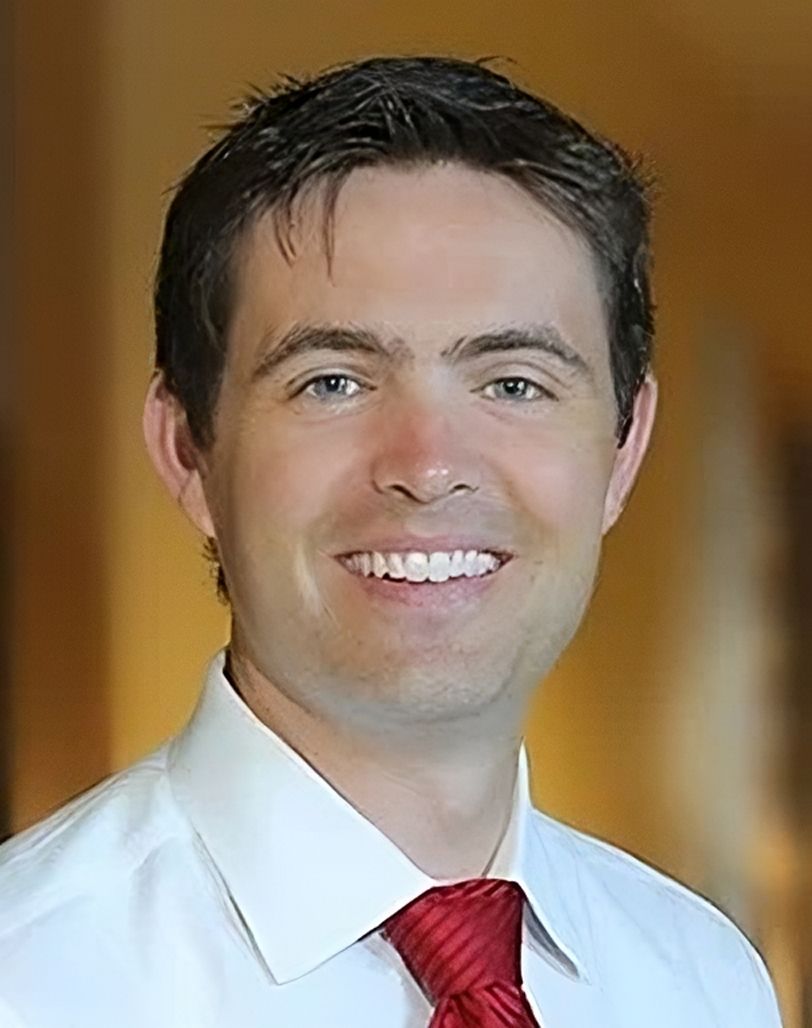Bringing Real World Data to Clinical Studies: Q&A With Dr. David Cosgrove of Compass Oncology
Cosgrove discusses how a recent study utilized a high-tech data platform to bring a new perspective on data to the researchers.
Dr. David Cosgrove
Compass Oncology

Dr. David Cosgrove, a medical oncologist with Compass Oncology, presented the results of a study on the first-line use of atezolizumab plus bevacizumab on patients with a certain type of liver cancer at ASCO GI earlier this year. He recently spoke with Pharmaceutical Executive about some of the methods used in the study to bring real-world data into the fold.
Pharmaceutical Executive: How did this study utilize Ontada’s iKnowMed EHR System?
David Cosgrove: Our network across the country utilizes a unified EHR, which is called iKnowMed (IKM). That houses both our clinical documentation and results information. It also has a clinical decision support algorithm for treatment decision making. It can also follow treatments through a patient’s path through their cancer treatment course. Ontada is a central clearing house to assess and collate that data so we can look at practice patterns across a very broad network of physician practices and isolate treatment choices, sequences, and outcomes associated with those.
PE: How does this differ from how studies are traditionally conducted
Cosgrove: This has really facilitated a real world evidence (RWE) study base, where we’re trying to see what happens to drugs or a combination of drugs as the come out of an academic clinical trial. Those tend to be narrowly focused clinical patient groups. We study how those drugs then become utilized in the real world, where there are rougher edges around patient characteristics, clinical decision making, and other factors that can come into play when treating cancer patients.
Historically, that has been a difficult population to study, because the data for those patients is housed in isolated or siloed networks. You’re relying on individual physicians or small groups to gather data over a long period of time. This process is able to gather data very quickly over a much a broader patient population to answer the questions.
This study looked at utilization of these drugs that were just approved over a two-year time frame and was able to generate a high patient number. It was also able to gather impressive and granular clinical follow-up data, so you can match that up to what happened in the original trial, which was obviously a much more controlled scenario.
PE: What are the implications from the results of this study?
Cosgrove: We looked at the combination of these two drugs, one of which is an immune checkpoint drug and the other is a targeted therapy and tried to see where these drugs where utilized narrowly, akin to what the trial suggested. We also looked at whether the patient population was more diverse and more akin to a typical liver cancer population in the US.
What we saw was that many patients would have fit reasonably well in that clinical trial, but the group of patients treated was more diverse, both ethnically and by age. They also had a more diverse level of liver function or dysfunction, which is a common finding in patients with this disease.
This really reflected the typical patient population we see in the clinic, as opposed to the more cherry-picked patient population in the trials. We looked at the results, which mirrored the trial well, for the most part. We see both progression-free survival and overall survival curves being very close to what was published in the original registration study for this combination. We did see when teased out patients based on their level of liver dysfunction, there was a falloff in both progression-free survival and overall survival. That’s a well-established finding in liver cancer, as many patients with liver dysfunction have complications related to their liver failure, as opposed to their cancer. Their long-term outlook is much cloudier, which is something we saw when we teased out where the curve separated.